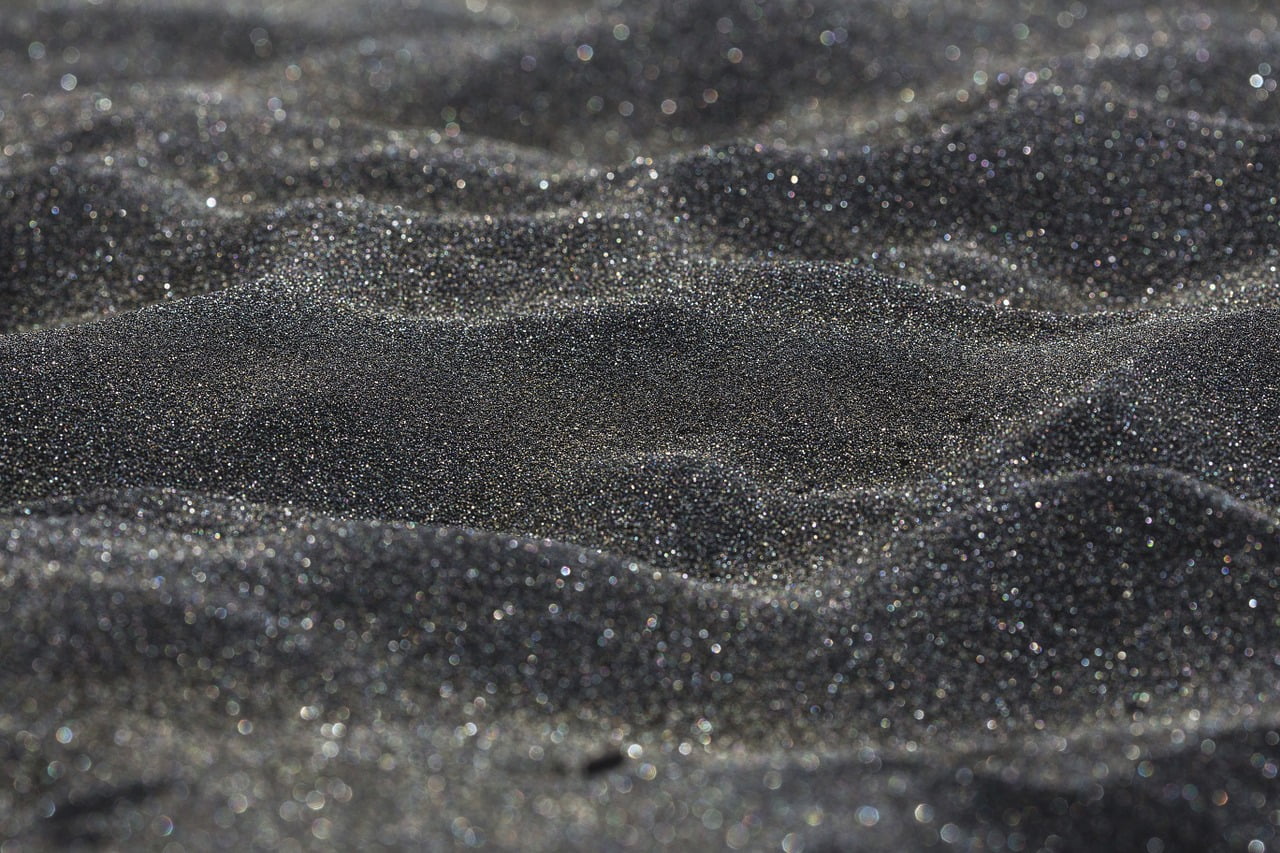In 1996, a physics professor at Harvard university and his graduate students discovered a new material. The group placed a silicon wafer in a chamber filled with Sulphur hexafluoride gas, and irradiated the silicon with ultrashort pulses from a femtosecond laser. The altered material was later named black silicon. This method of making black silicon is called the laser method. Since then, other methods to produce the same material have also been developed. These include electrochemical etching, stain etching, and metal-assisted chemical etching.
The resulting material is black silicon. It is a semiconducting material. It has low mechanical strength which makes it easy to separate ultra-thin wafers from silicon ingots. Black silicon is highly sensitive to light.
It was observed at the nanoscale that black silicon had a spiky surface. When light hit the surface, rays got trapped, leading the material to absorb them. Black silicon proved to be extremely efficient in conducting light. This has direct application in solar energy panels. While conventional silicon is transparent to it, black silicon traps infrared and infraviolet light. The advantage of using black silicon over conventional silicon is that black silicon can conduct more energy.
This spiky surface of black silicon kills the bacteria that comes in contact with it. Scientists are exploring this potential field by researching what applications black silicon can have in making antibacterial and sterile material for use in operating theatres. The gettering property of the material means it can be used for cleaning water impurities.
Black silicon has very unusual optical characteristics. This, combined with its semiconducting properties opens up a wide array of possibilities in the sensor technology. Black silicon is already being used to make the night vision camera technology better. It could also come to be used in image sensors, thermal imaging cameras, photodetectors, and even ammonia gas sensors.




